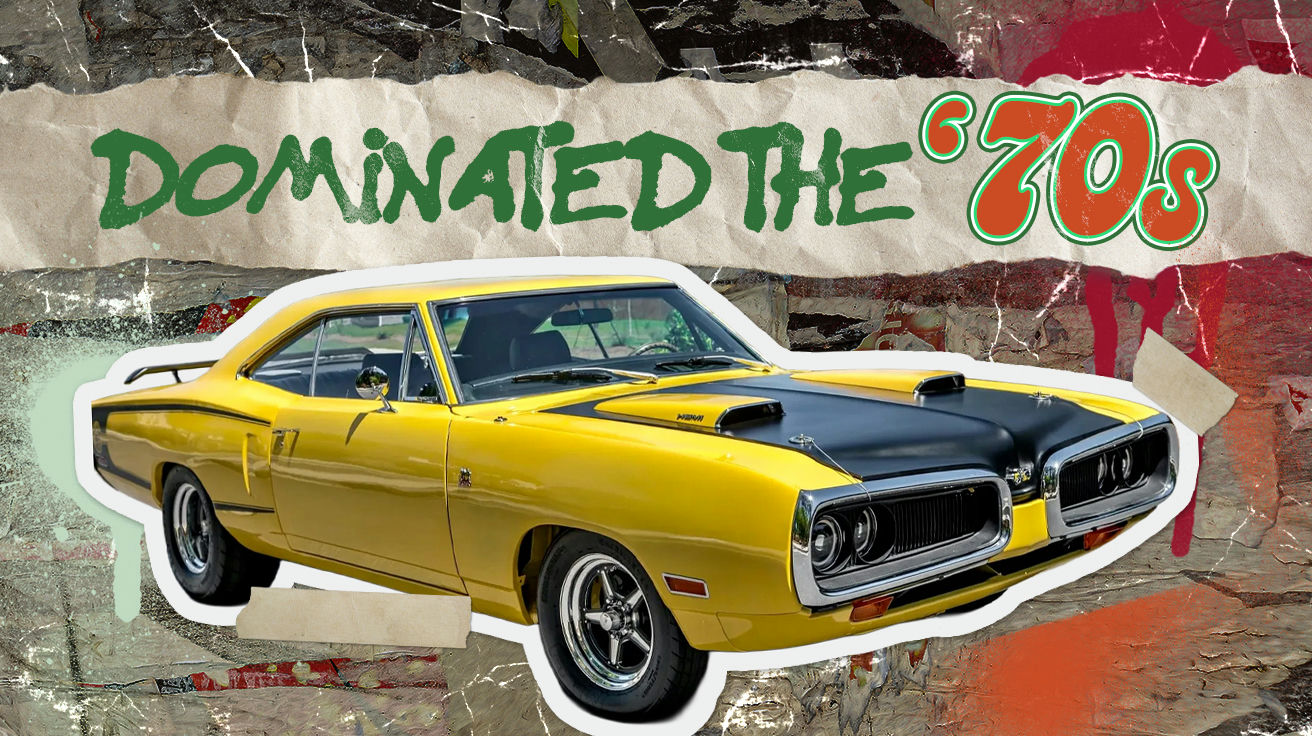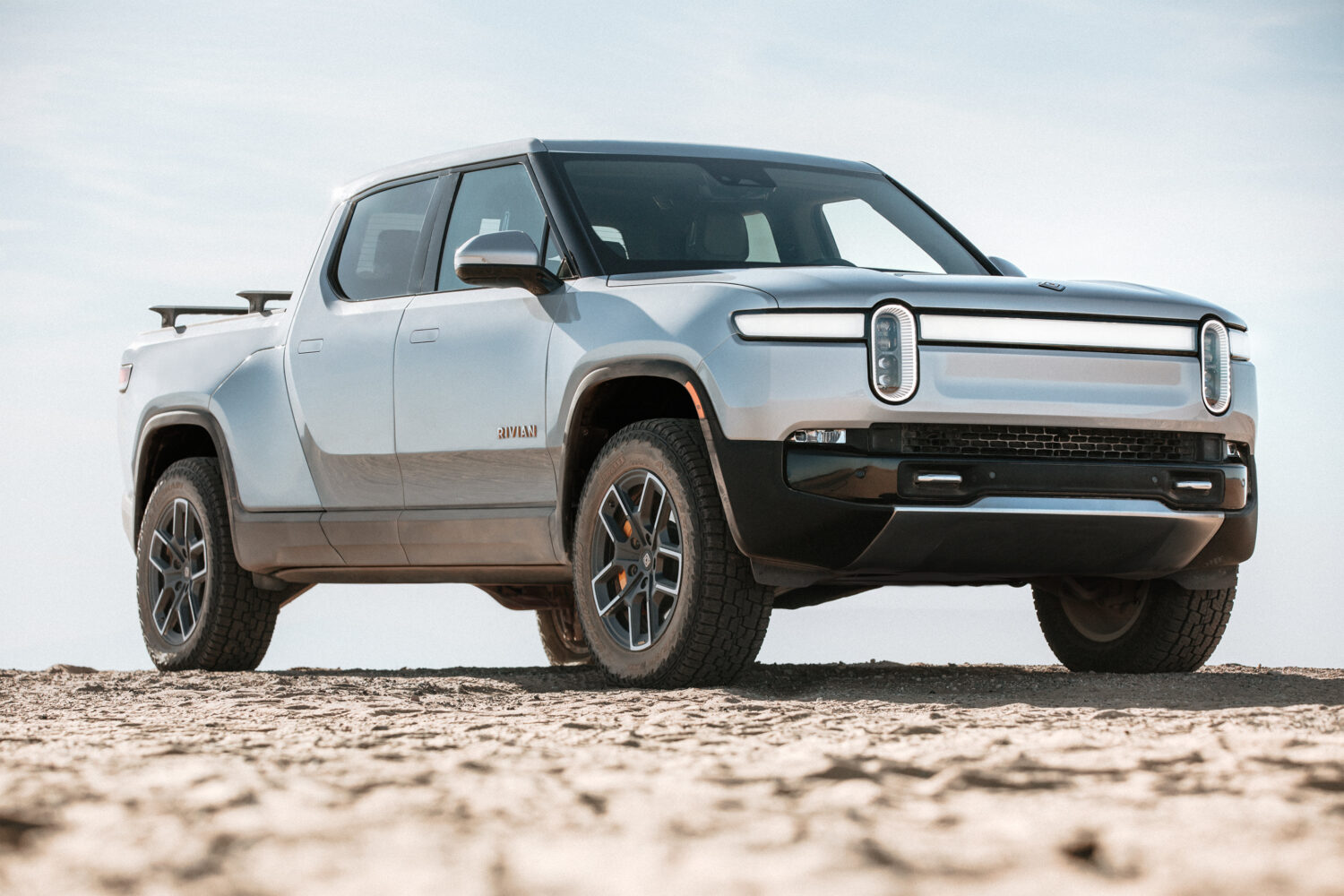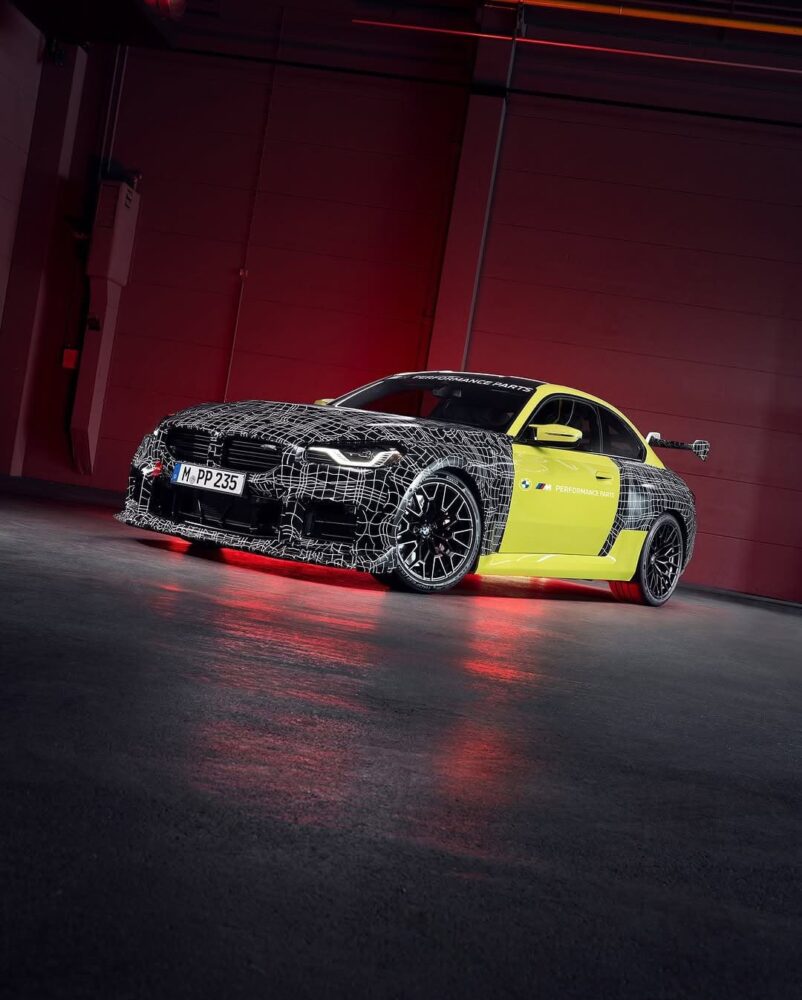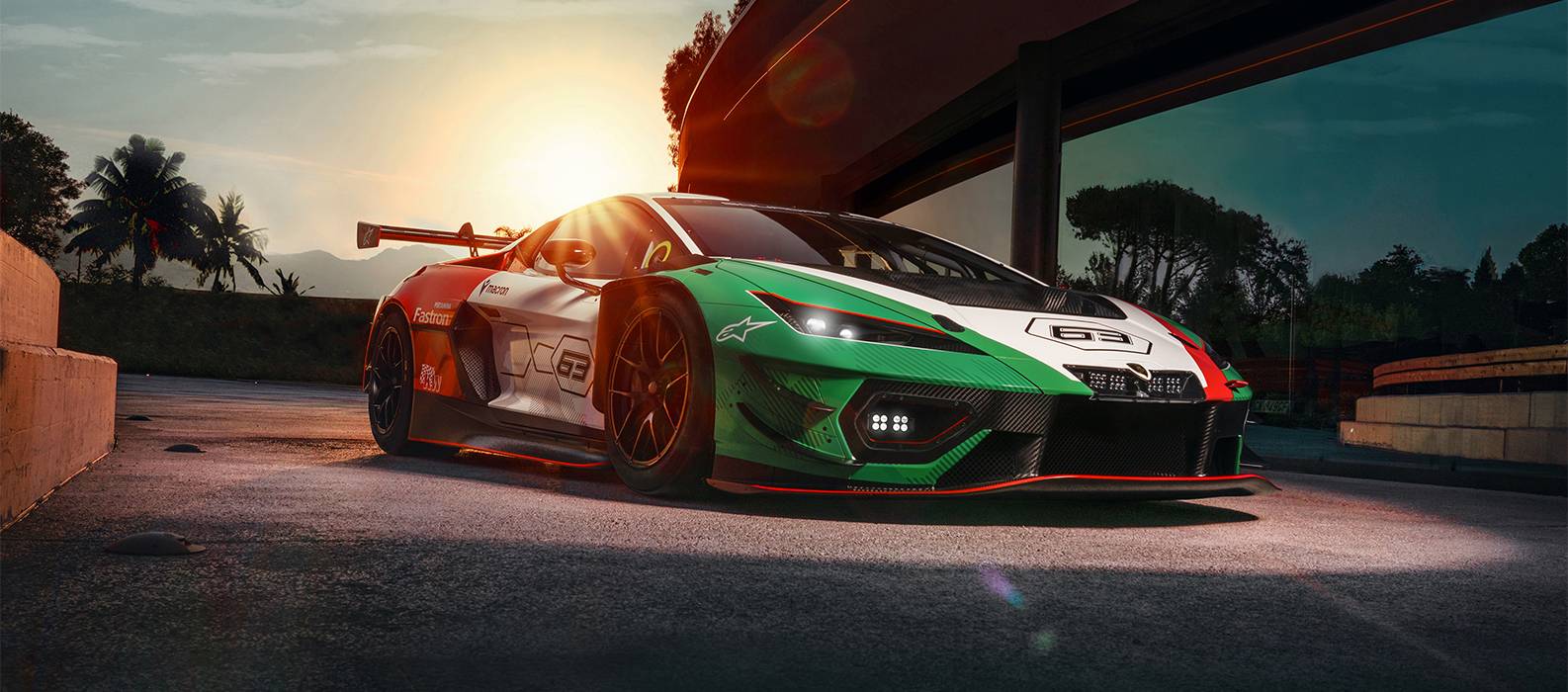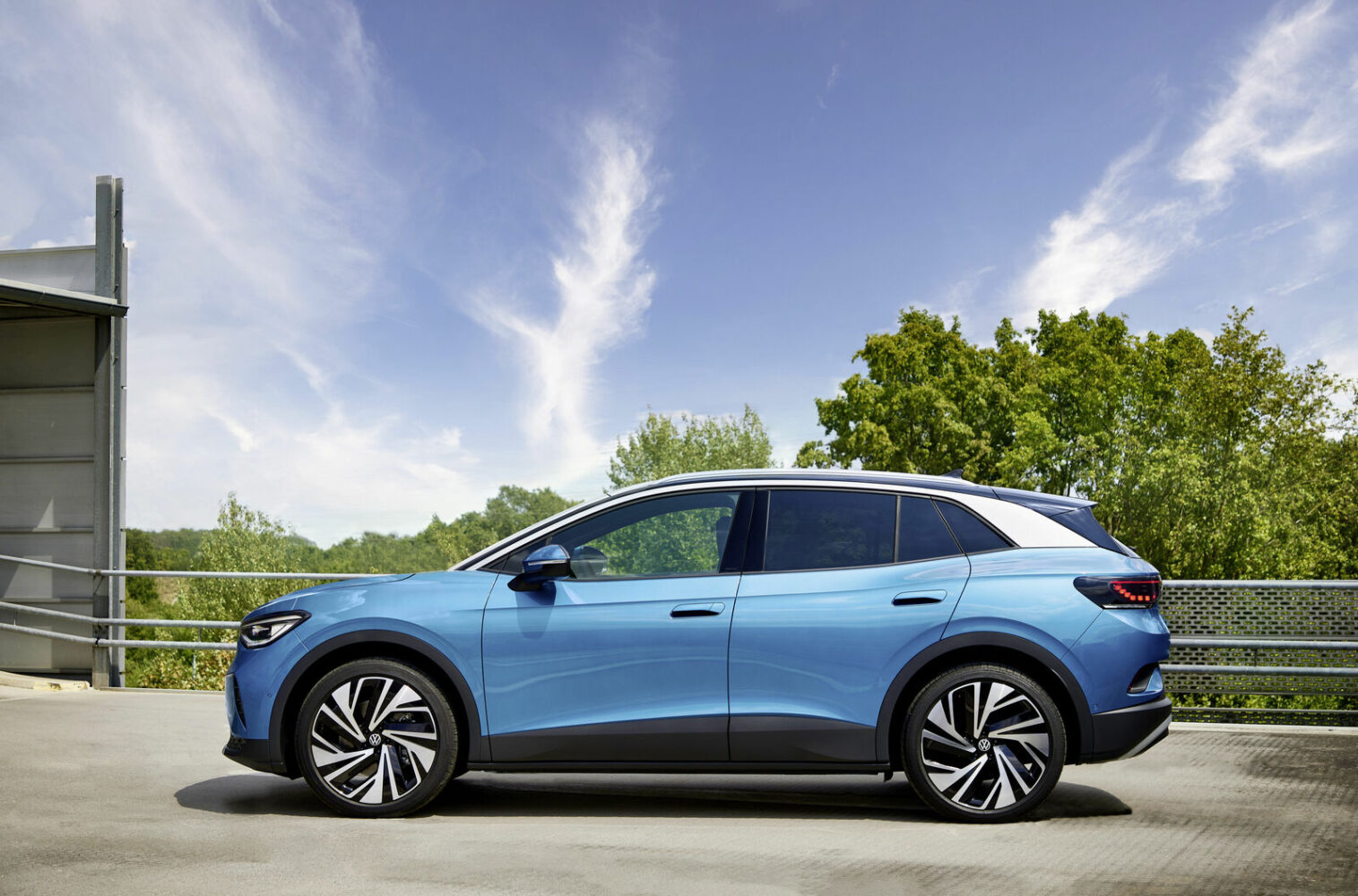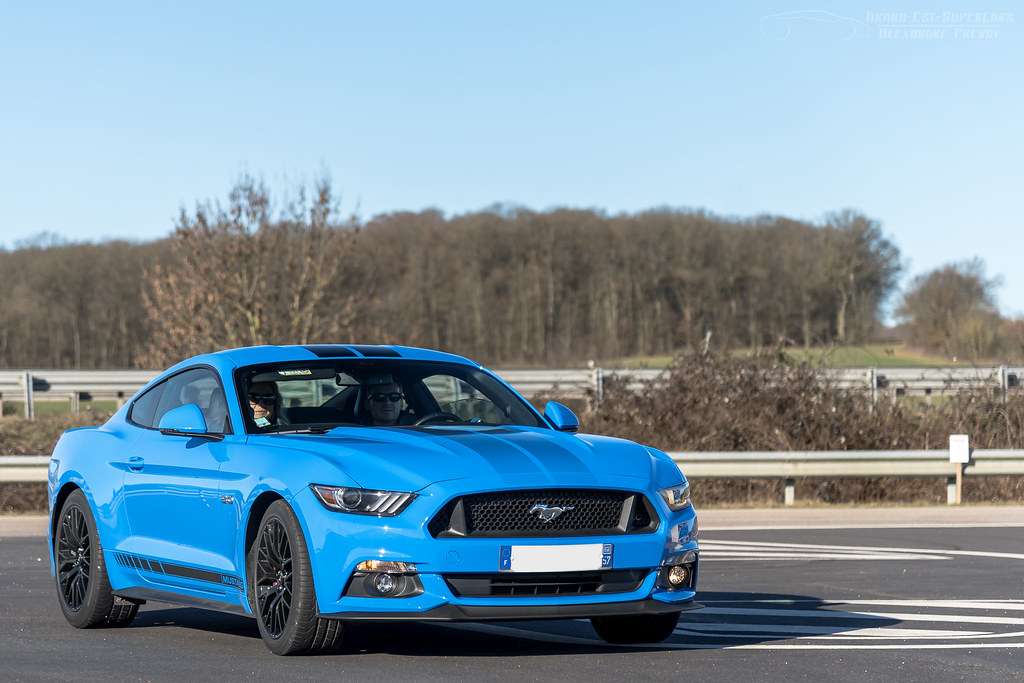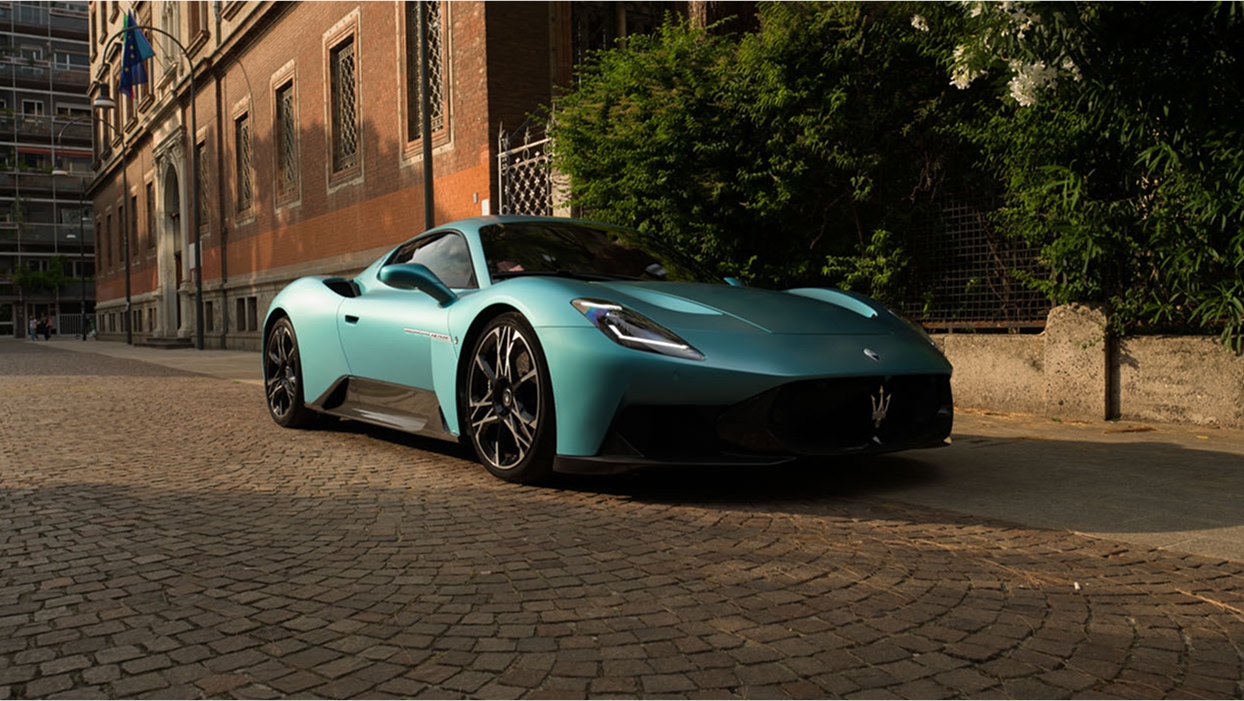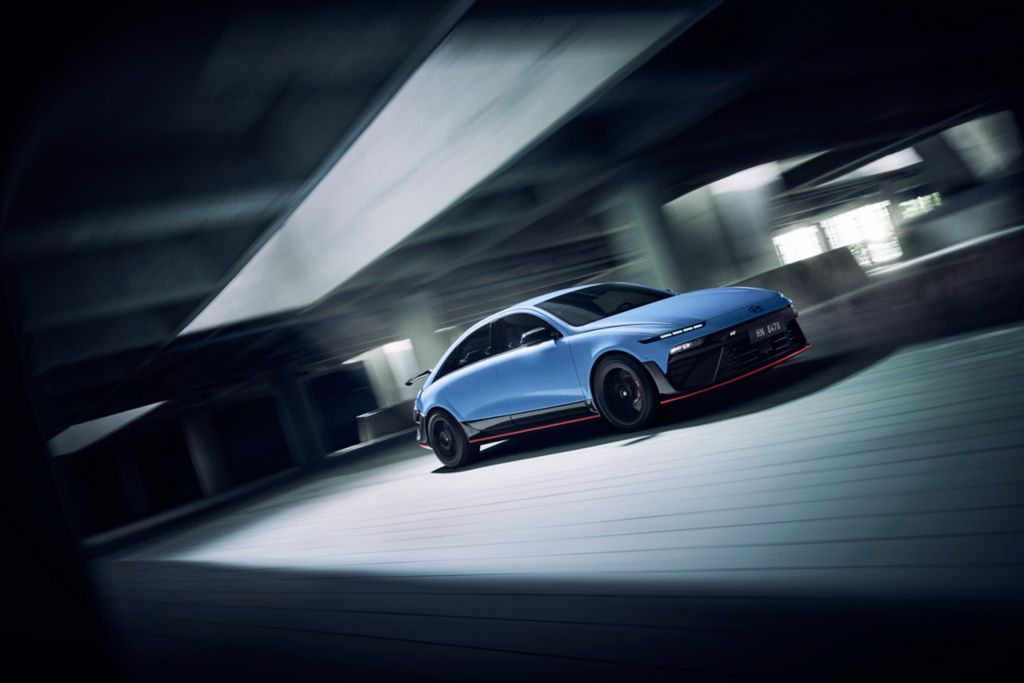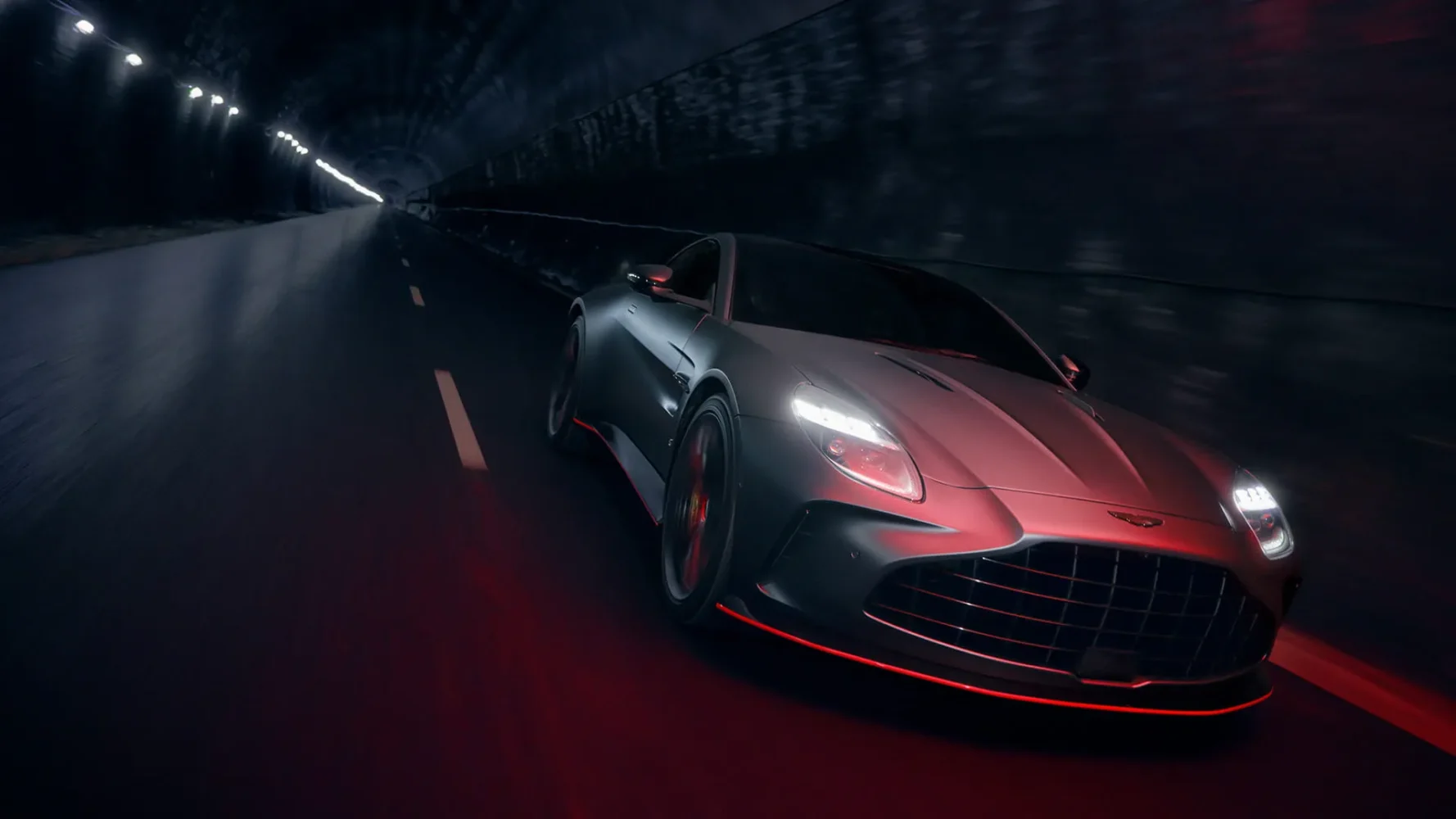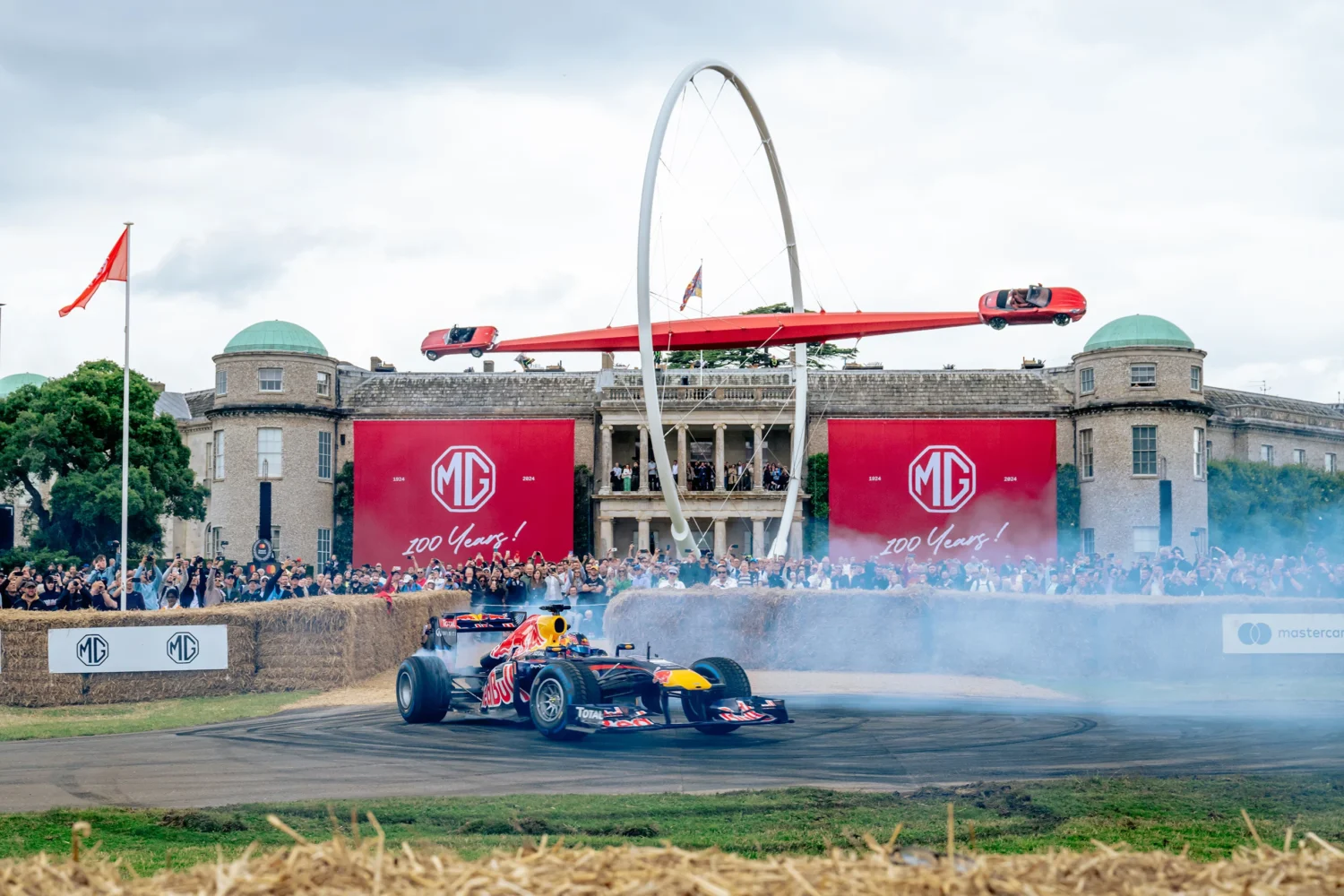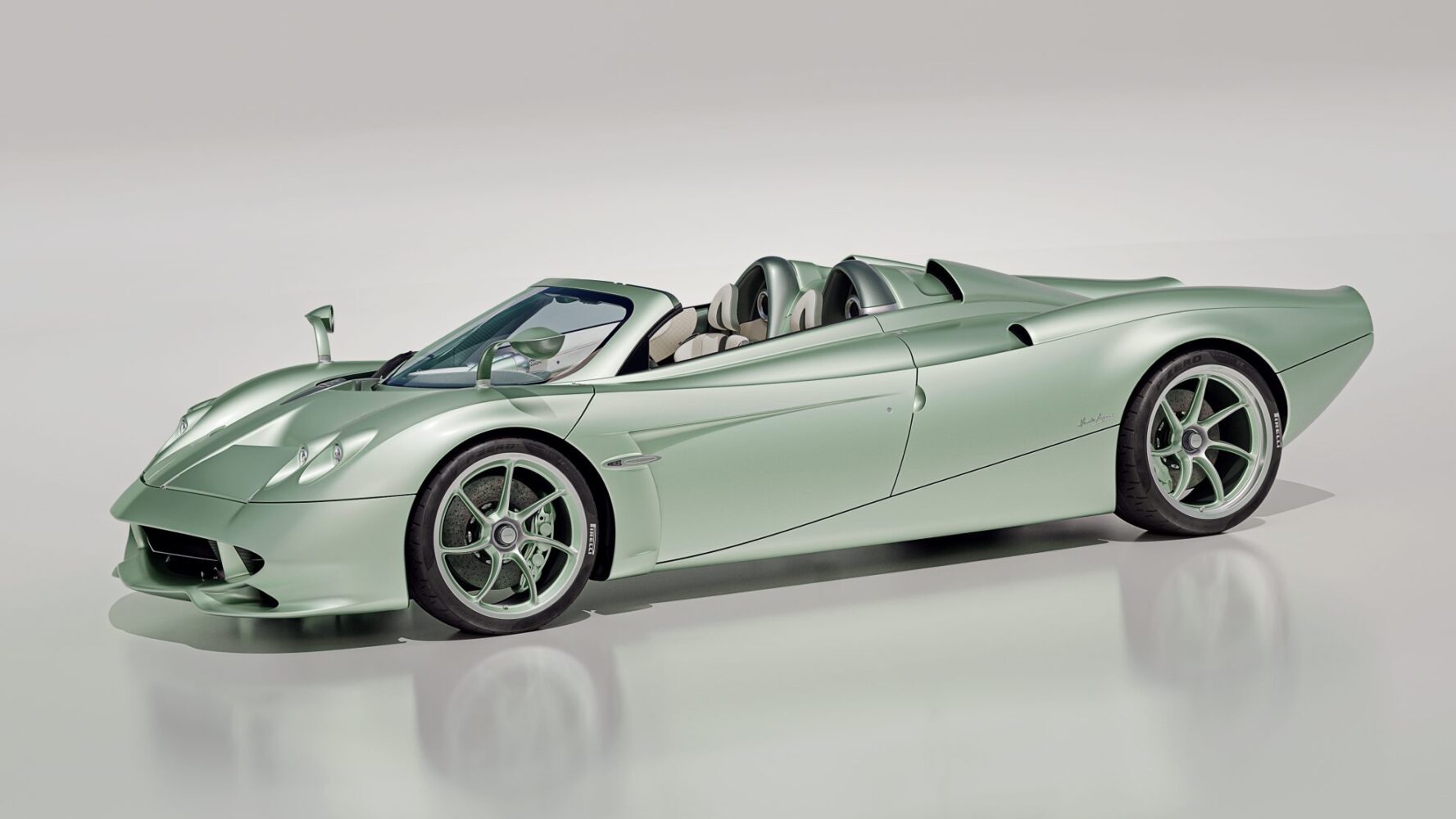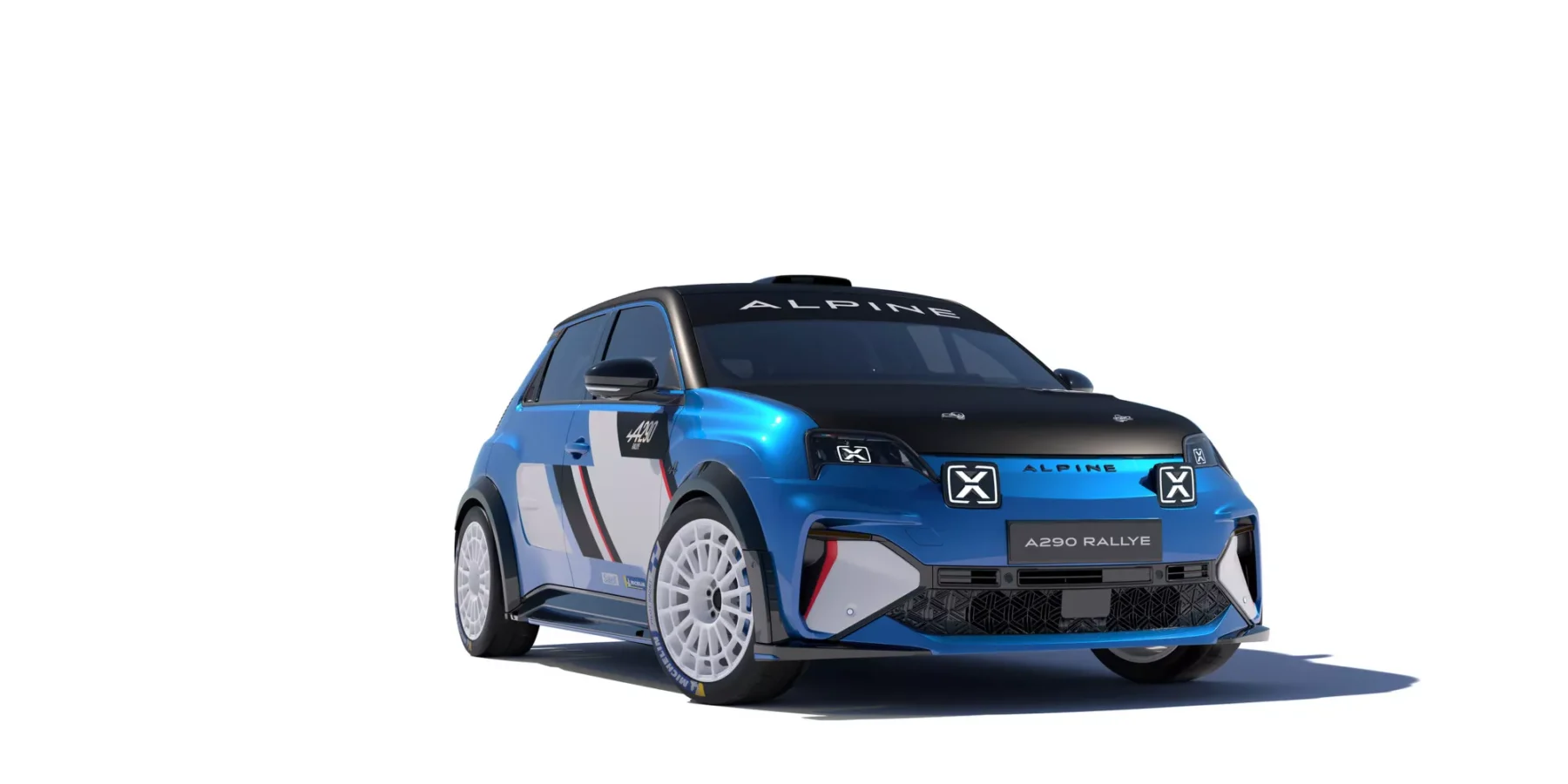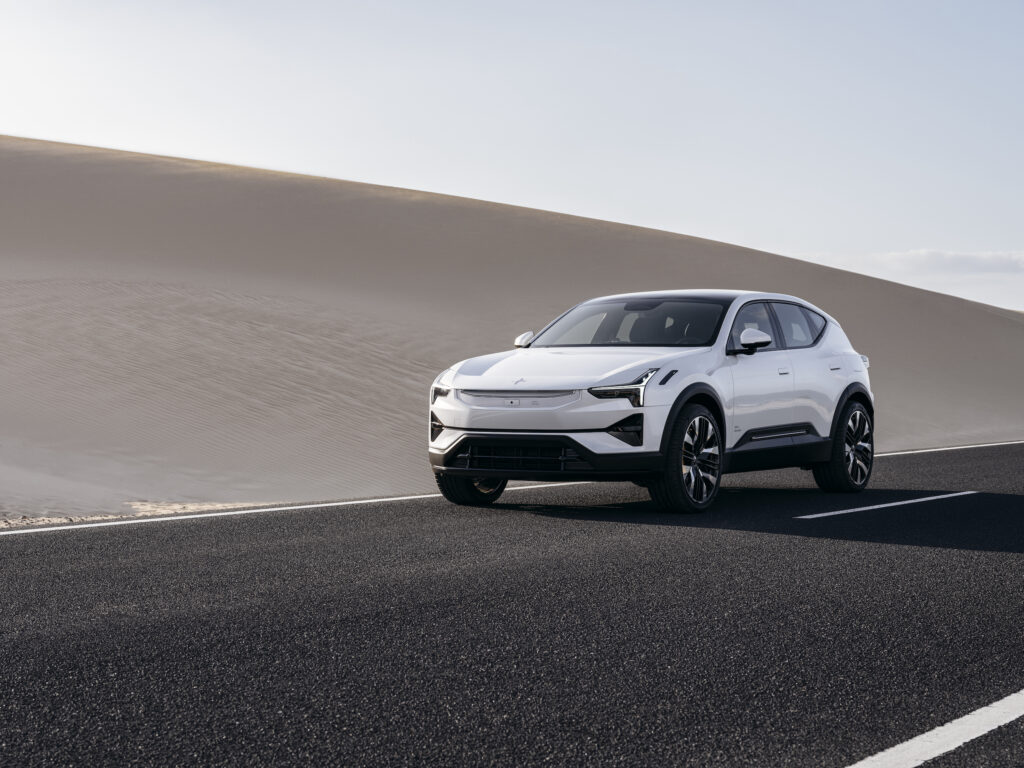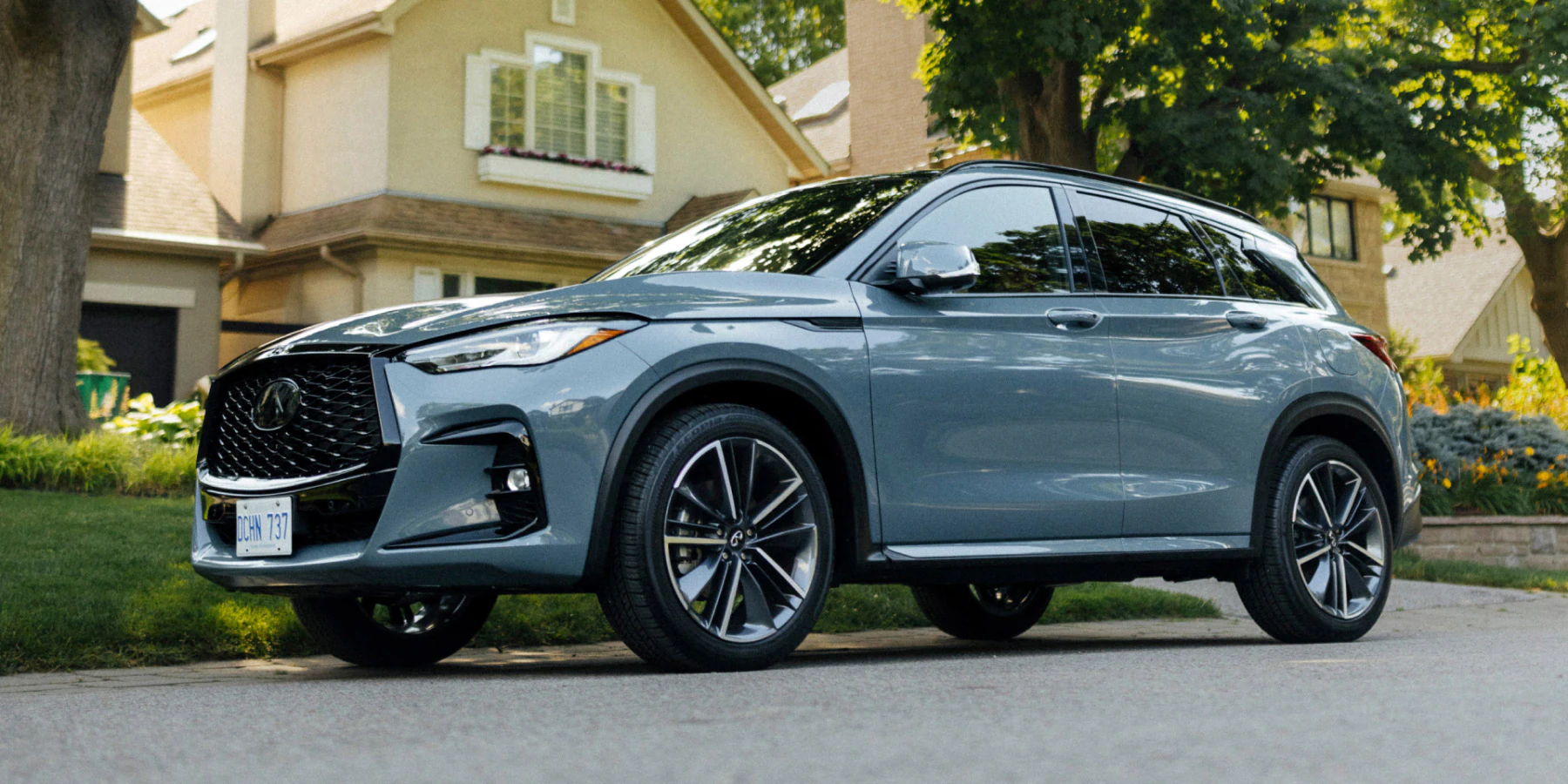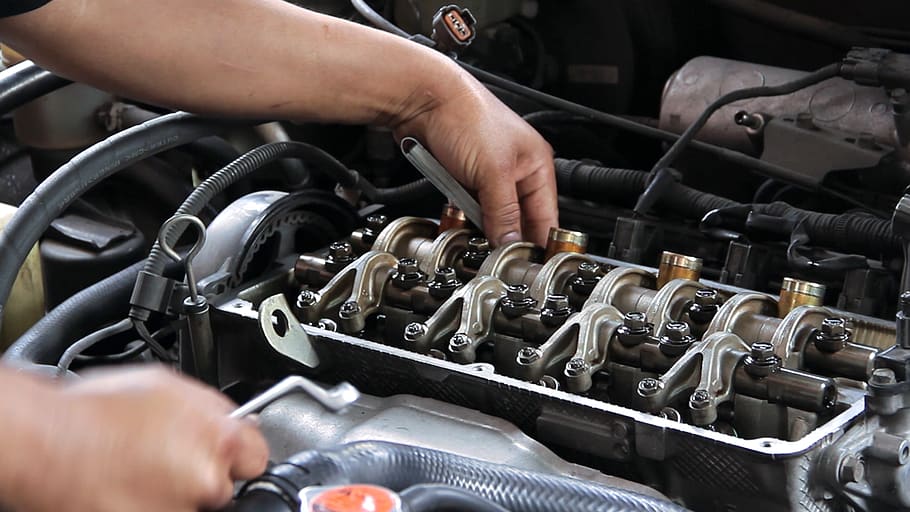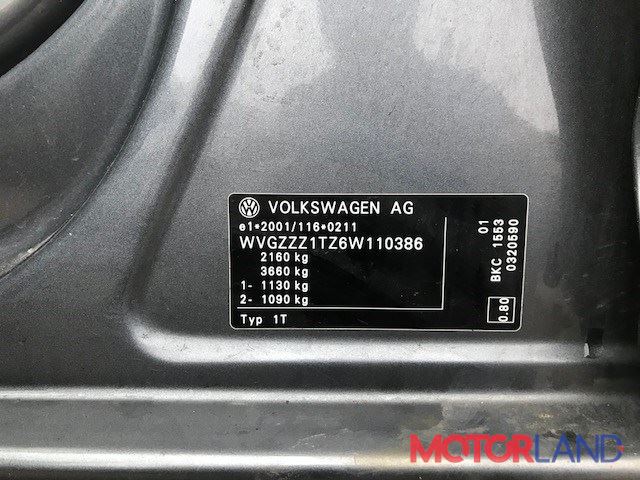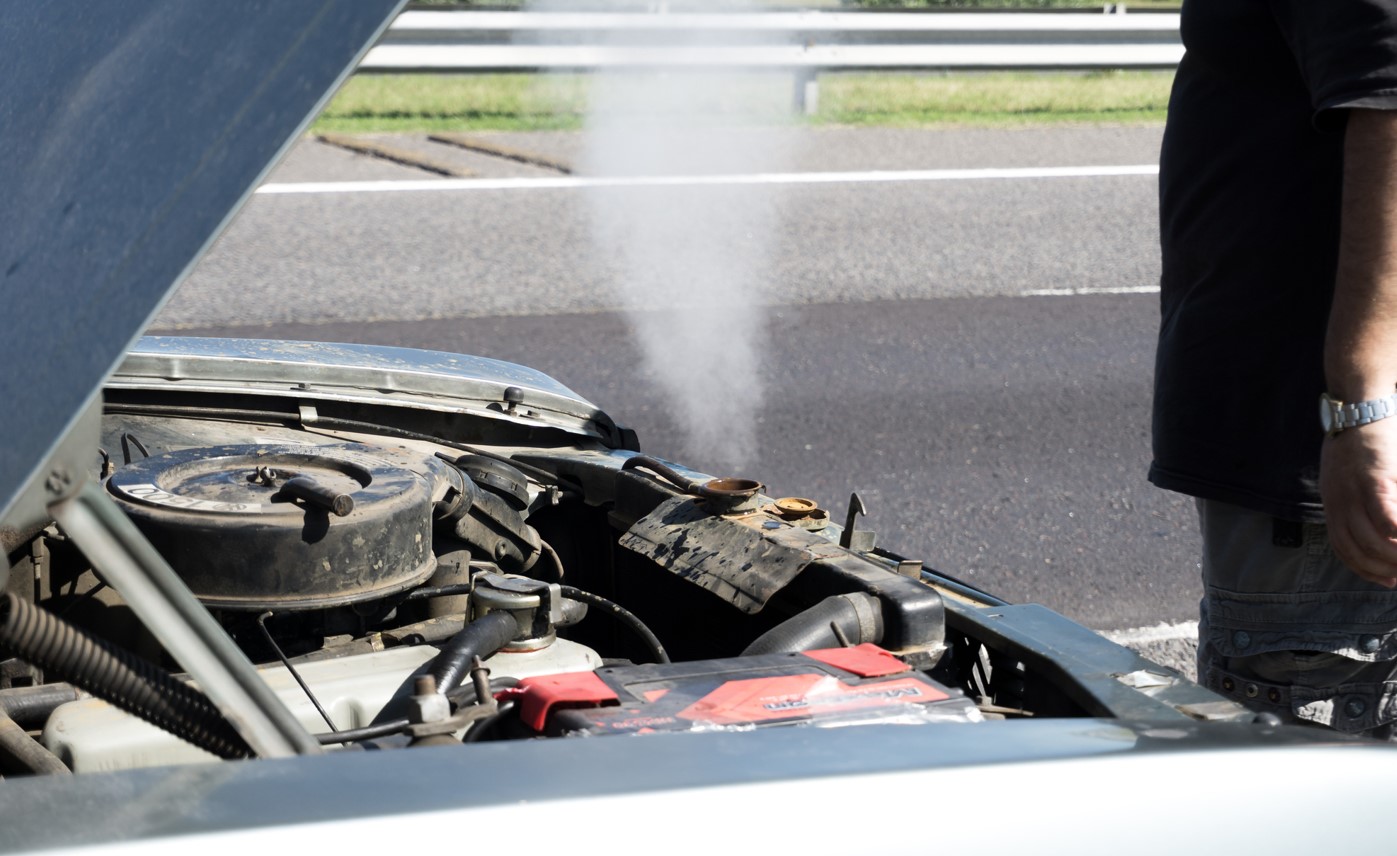The 1970s muscle car era wasn’t about fuel efficiency or safety ratings—it was automotive warfare. Detroit’s engineers were building mechanical weapons disguised as street cars, stuffing massive V8s into platforms that had no business handling that much torque. According to performance data from sources like Supercars.net and SlashGear, these machines delivered acceleration figures that would embarrass half the “performance” crossovers cluttering showrooms today. Before emissions regulations strangled the fun and insurance companies killed the party, these ten beasts ruled America’s streets with nothing but cubic inches, mechanical sympathy, and the stones to mat the throttle.
10. Ford Mustang Boss 429 (Interior)

The Boss 429’s interior was purposefully restrained—no unnecessary decoration to distract from the serious business of going fast in straight lines. Basic bucket seats and essential instrumentation provided what you needed without frivolous luxury features that added weight and cost. The Hurst shifter felt solid and precise, connecting you directly to that massive engine’s power. This cabin was designed for drivers who understood that real performance cars don’t need leather and chrome to be special; they need direct mechanical connection and honest functionality.
Ford Mustang Boss 429 (Exterior)

Ford’s designers created subtle exterior cues that hinted at the nuclear weapon hiding under the hood without resorting to flashy graphics or obvious spoilers. The distinctive hood scoop was functional, not decorative, while modest side stripes provided just enough visual interest. This understated approach was intentional—the Boss 429 was built for those who knew what they were looking at, not for impressing casual observers. Sometimes the most dangerous machines are the ones that don’t need to advertise their capabilities to everyone within a three-block radius.
9. Pontiac Trans Am 455SD (1973) (Interior)

The 455SD’s cabin represented the final flowering of muscle car interior design before regulations and insurance killed the fun. High-back bucket seats and a complete gauge package provided serious performance car ambiance without crossing into luxury territory. Everything felt substantial and purposeful, from the thick steering wheel to the precise shifter action. This interior was designed for enthusiasts who understood that real performance cars prioritize function over flash, delivering exactly what drivers needed during an era when genuine muscle was becoming extinct.
Pontiac Trans Am 455SD (1973) (Exterior)

The Super Duty’s exterior styling was pure automotive defiance—bold graphics and aggressive proportions that refused to acknowledge the approaching end of the muscle car era. Functional hood scoops, rear spoiler, and distinctive graphics created an unmistakable presence that commanded respect from both enthusiasts and law enforcement. This wasn’t subtle; it was a final statement from engineers who refused to go quietly into the efficiency-focused future. The 455SD looked exactly like what it was: the last true muscle car before the dark ages descended.
8. Chevrolet El Camino SS (Interior)

The El Camino SS interior was refreshingly honest about its dual-purpose mission—performance car comfort with pickup truck practicality. Bucket seats provided adequate support during acceleration runs while the complete gauge package kept you informed about engine vitals. The floor shifter and steering wheel felt substantial and purposeful, exactly what you’d expect from a serious performance machine. This wasn’t trying to be something it wasn’t; it was a working vehicle that happened to be fast enough to embarrass dedicated sports cars.
Chevrolet El Camino SS (Exterior)

The El Camino SS exterior perfectly captured the beautiful absurdity of American automotive thinking—muscle car front end married to pickup truck practicality without apology or compromise. Bold racing stripes and hood scoops announced performance intentions while the truck bed reminded everyone this machine could actually haul cargo when needed. This design philosophy was pure American pragmatism: why choose between going fast and being useful when you could have both? The result was automotive mullet perfection that somehow made complete sense.
7. Dodge Super Bee (Interior)
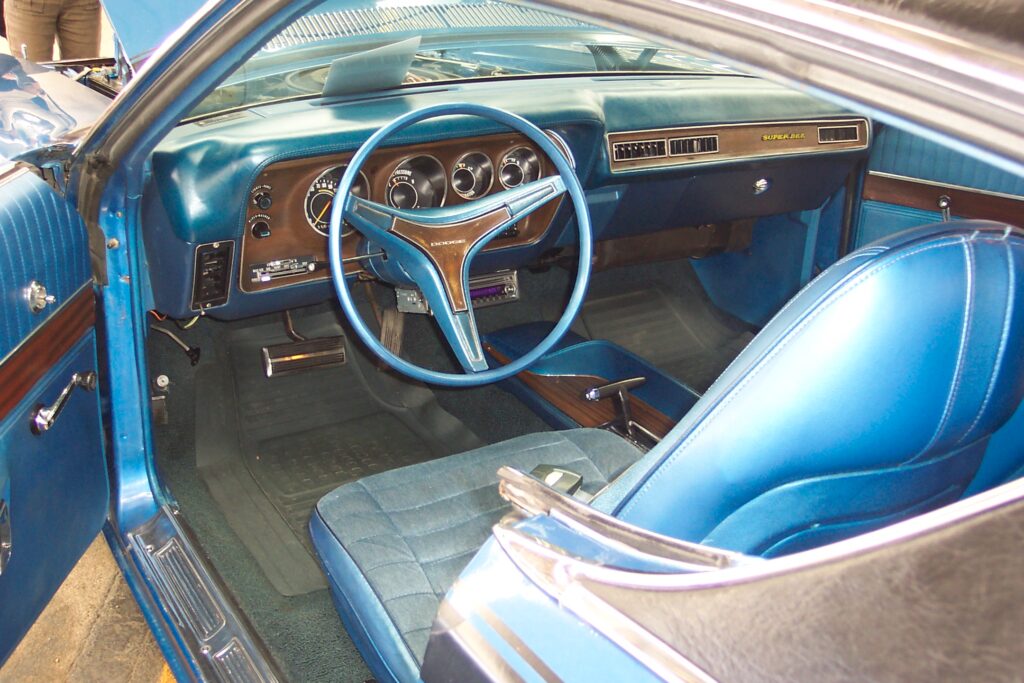
The Super Bee’s interior was deliberately spartan—no unnecessary luxury features to add weight or cost to this budget performance machine. Basic bucket seats and essential gauges provided everything you needed without frivolous amenities that would compromise the mission. The no-frills approach extended to trim pieces and options; this was transportation distilled to its essential elements. For young buyers prioritizing performance over comfort, the Super Bee delivered exactly what mattered most: a place to sit while experiencing serious acceleration without breaking the bank.
Dodge Super Bee (Exterior)

Bold graphics and aggressive stance announced the Super Bee’s intentions without subtlety or apology—this was muscle car design for those who wanted everyone to know what they were driving. The cartoon bee logo might seem cartoonish today, but it perfectly captured the playful aggression of the era. Functional hood scoops and minimal chrome kept the focus on performance rather than luxury pretensions. This exterior communicated honest value: maximum visual impact and genuine performance credentials at a price point that didn’t require trust fund money.
6. Buick GS 455 (Interior)

Step inside the GS 455 and you’re greeted by genuine luxury that puts modern “premium” interiors to shame. Rich vinyl bucket seats, woodgrain trim, and proper analog gauges create an environment that whispers sophistication. The cockpit wasn’t just functional—it was designed for serious driving, with everything positioned exactly where you’d expect it. This wasn’t some stripped-down racer pretending to be civilized; it was genuine refinement with performance credentials.
Buick GS 455 (Exterior)

The GS 455’s exterior walked the line between understated elegance and muscular aggression perfectly. Clean body lines and subtle hood bulges hinted at the mechanical fury beneath without screaming for attention like a teenager’s first hot rod. The GSX package added racing stripes and functional scoops that actually served a purpose. This was automotive design maturity—confident enough in its abilities to let performance speak louder than flashy graphics or unnecessary spoilers.
5. Pontiac Firebird Trans Am (1971) (Interior)

The Trans Am’s interior combined performance-focused design with just enough comfort to keep you happy during long drives. High-back bucket seats provided support during spirited driving while the engine-turned dash trim added visual interest without crossing into gaudy territory. The Formula steering wheel and floor-mounted shifter communicated serious intent. This cabin was built for enthusiasts who understood that real performance cars prioritize function over flash, delivering exactly what drivers needed and nothing they didn’t.
Pontiac Firebird Trans Am (1971) (Exterior)
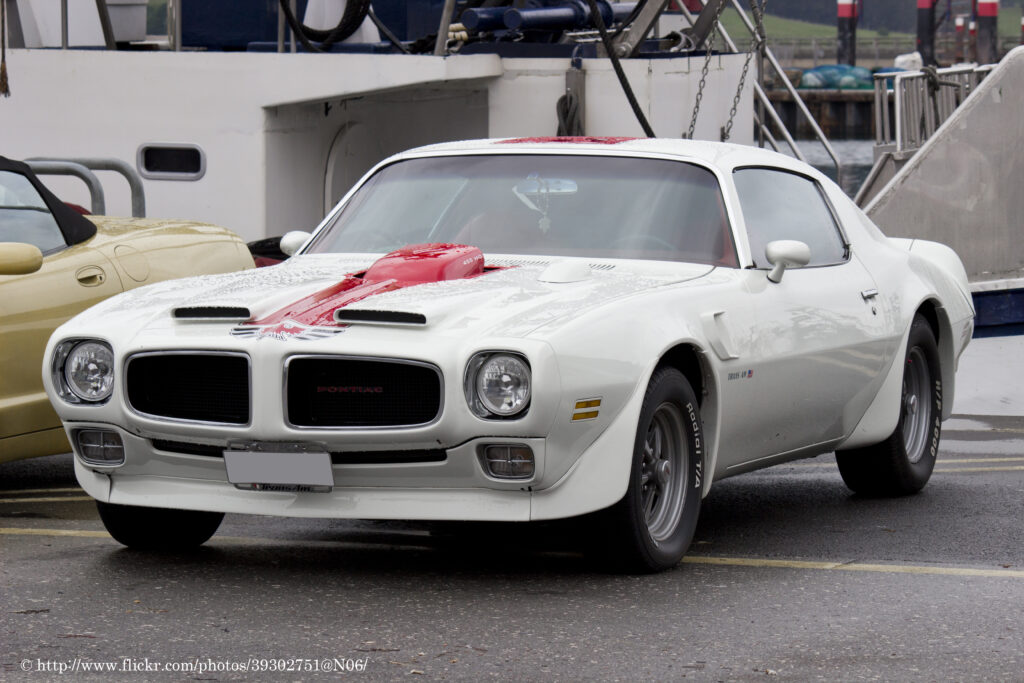
That iconic screaming chicken hood decal wasn’t just decoration—it was a warning label for everything else on the road. The Trans Am’s aggressive stance, functional hood scoops, and bold graphics created an unmistakable presence that commanded respect at traffic lights. Rear spoiler and side exhausts weren’t added for show; they served actual aerodynamic and performance purposes. This was exterior design that matched the mechanical intensity underneath, creating a cohesive package that looked exactly as fast as it actually was.
4. Chevrolet Corvette ZR2 (1971) (Interior)

The ZR2’s cabin was pure Corvette DNA—driver-focused design that prioritized performance over comfort or convenience. Low-slung seating position put you at the perfect angle for serious driving while analog gauges provided essential information without digital distractions. Everything felt purposeful and mechanical, from the solid shifter to the responsive steering wheel. This wasn’t a grand touring car; it was a barely civilized race car that happened to have license plates, delivering an uncompromising experience that reminded you of its serious intentions.
Chevrolet Corvette ZR2 (1971) (Exterior)
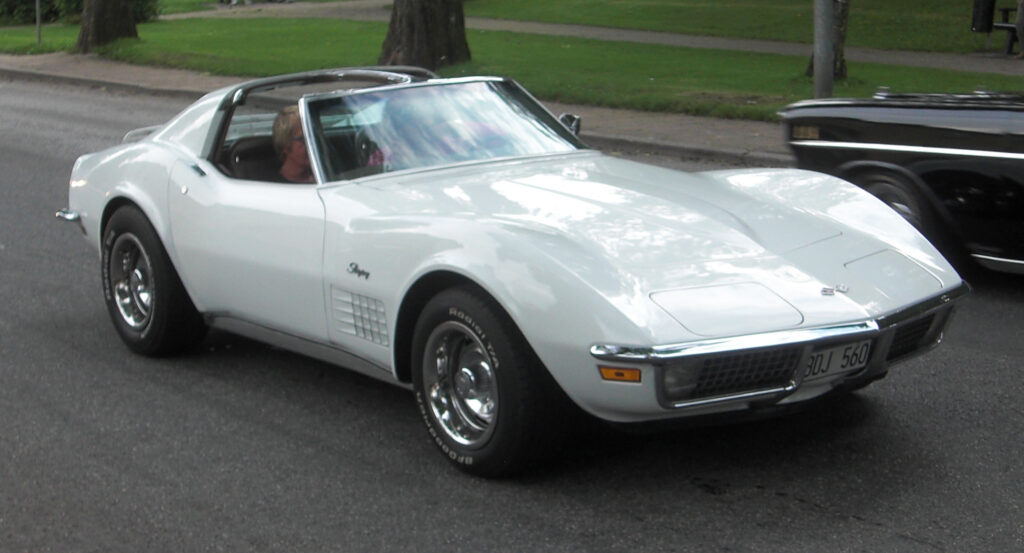
From the outside, the ZR2 looked like any other C3 Corvette, which was exactly the point—understated menace that didn’t advertise its capabilities. Clean Coke-bottle styling and minimal badging let the car’s natural proportions and stance communicate its purpose to those who knew what to look for. The subtlety was intentional; this wasn’t about impressing bystanders but delivering performance to those who understood what they were buying. Sometimes the most dangerous predators are the ones that don’t need to roar to prove their deadliness.
3. Pontiac GTO (Interior)

The GTO’s interior struck the perfect balance between performance focus and daily usability that defined the original muscle car concept. Bucket seats provided adequate support during spirited driving while offering enough comfort for regular transportation duties. The Rally gauge cluster and floor shifter communicated serious intent without crossing into race car territory. This cabin was designed for enthusiasts who needed their performance car to work as actual transportation, not just weekend toys, delivering genuine usability alongside the mechanical thrills that made the drive worthwhile.
Pontiac GTO (Exterior)

Pontiac’s designers created the visual template that defined muscle car proportions for generations—long hood, short deck, and aggressive stance that looked purposeful from every angle. The Judge package added bold graphics and functional air intakes that served actual performance purposes rather than just decorative flourishes. Clean body lines and minimal chrome let the car’s natural proportions do the talking. This exterior design proved that effective muscle car styling comes from honest proportions and mechanical purpose, not flashy decoration or unnecessary complexity that ages poorly.
2. Chevrolet Chevelle SS (Interior)
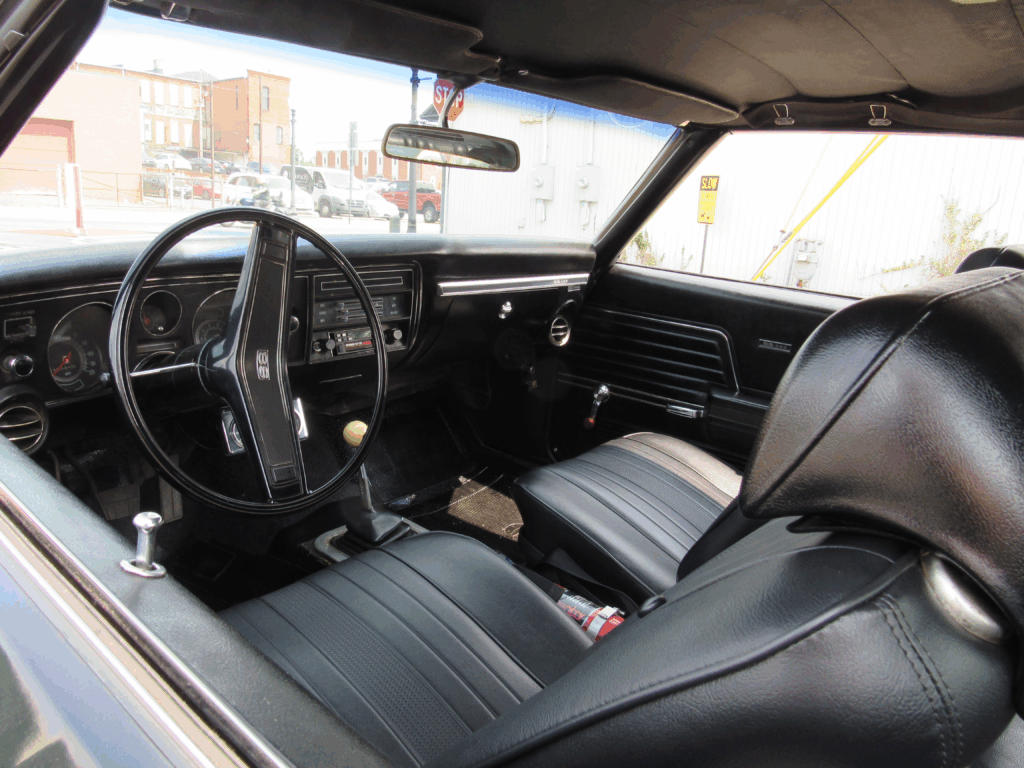
The Chevelle SS interior was refreshingly honest—no fake luxury, just purposeful design focused on the driving experience. Bucket seats provided adequate support while the full instrumentation kept you informed about what that big block was doing. The floor shifter felt solid and precise, exactly what you’d expect from a serious performance machine. This wasn’t trying to be a luxury car; it was a working-class hero that delivered maximum performance per dollar without pretentious amenities that added weight and cost.
Chevrolet Chevelle SS (Exterior)
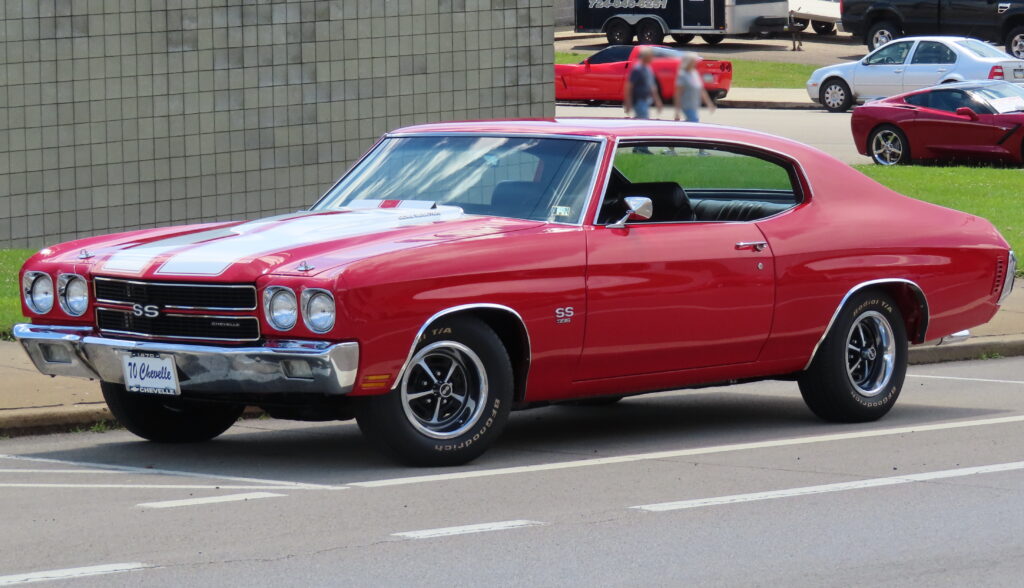
Chevrolet designers created clean, muscular lines that aged gracefully while communicating serious intent from every angle. The SS hood with its bold stripes and functional cowl induction wasn’t subtle—it was automotive communication that said “contents under pressure.” Proper proportions and minimal chrome let the stance and mechanical details do the talking. This exterior design proved that effective styling doesn’t require complexity, just honest proportions and the confidence to let performance speak for itself rather than relying on unnecessary decoration.
1. Dodge Challenger R/T (Interior)

The Challenger R/T’s cabin was pure business, designed for drivers who prioritized function over frills. High-back bucket seats gripped you during hard cornering while the rally gauge cluster provided essential information without unnecessary decoration. Three-spoke steering wheel and pistol-grip shifter felt substantial in your hands. This wasn’t luxury; it was purposeful design that told passengers they were in something built for serious driving, not Sunday cruises to the grocery store.
Dodge Challenger R/T (Exterior)

Dodge designers created a shape that looked fast even parked, with aggressive proportions that telegraphed intent from every angle. The long hood, short deck silhouette became the template others copied unsuccessfully for decades. Bold graphics and functional air intakes weren’t just styling exercises—they served actual purposes. The Challenger’s exterior was automotive honesty in sheet metal form, promising performance and delivering it without apology or compromise to current design trends.


